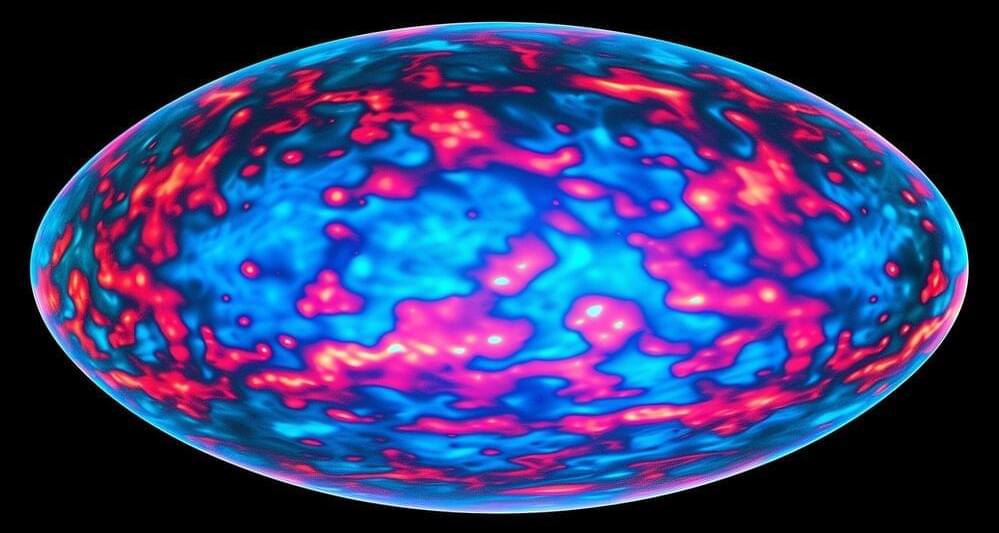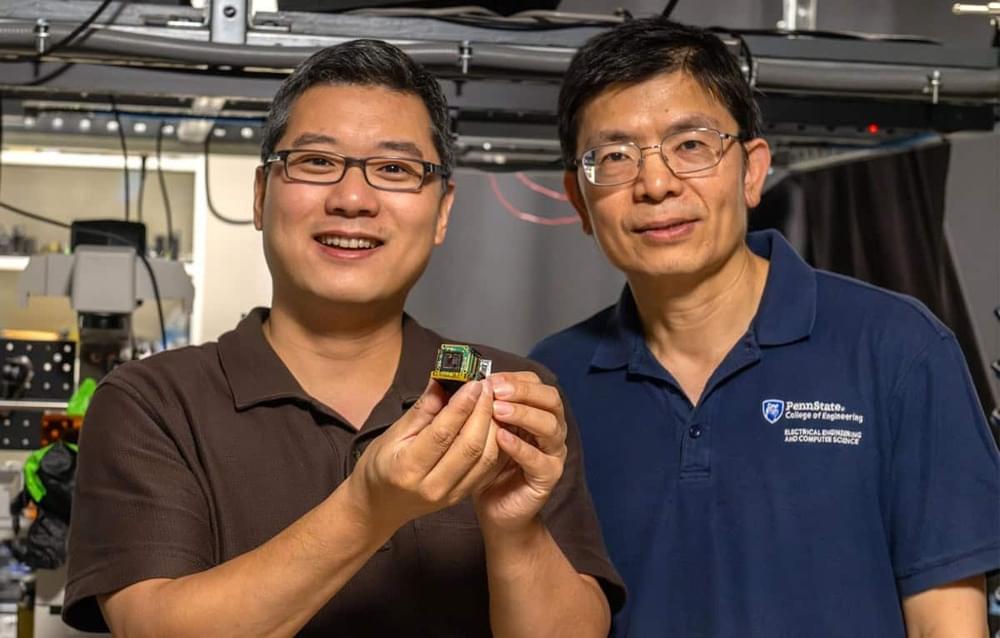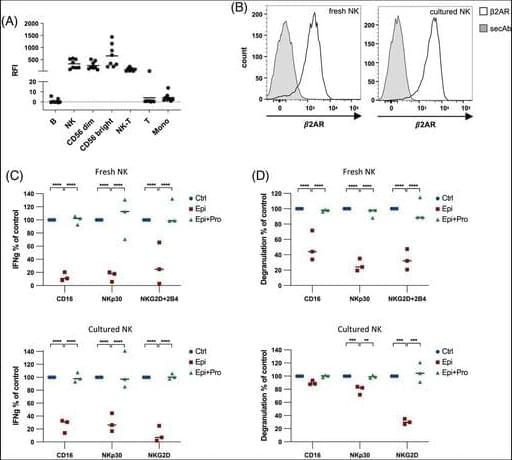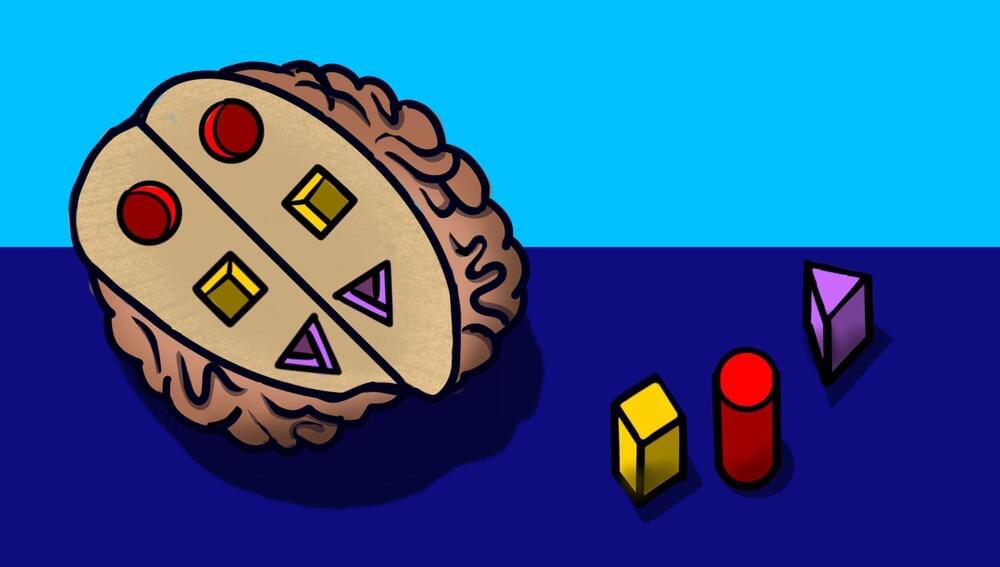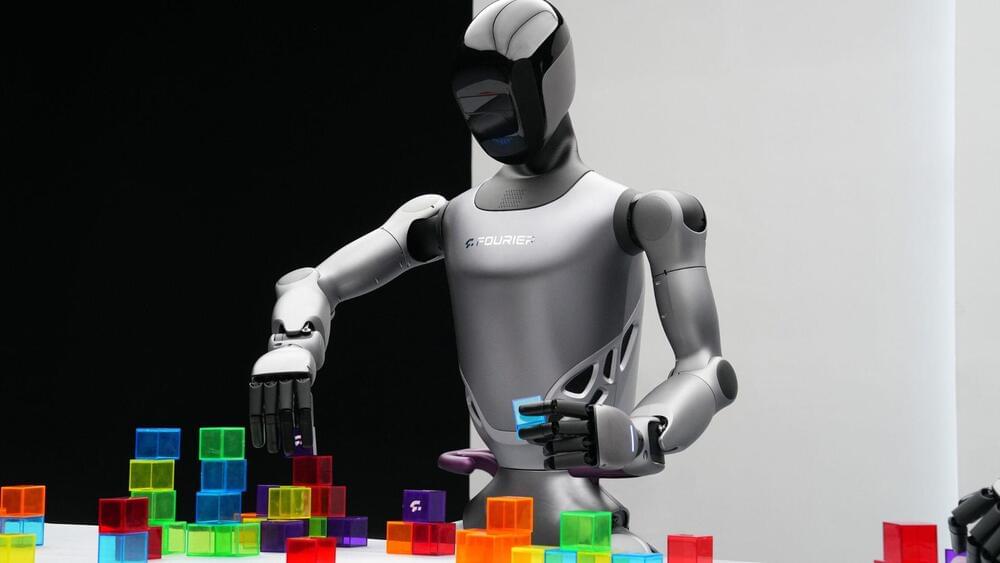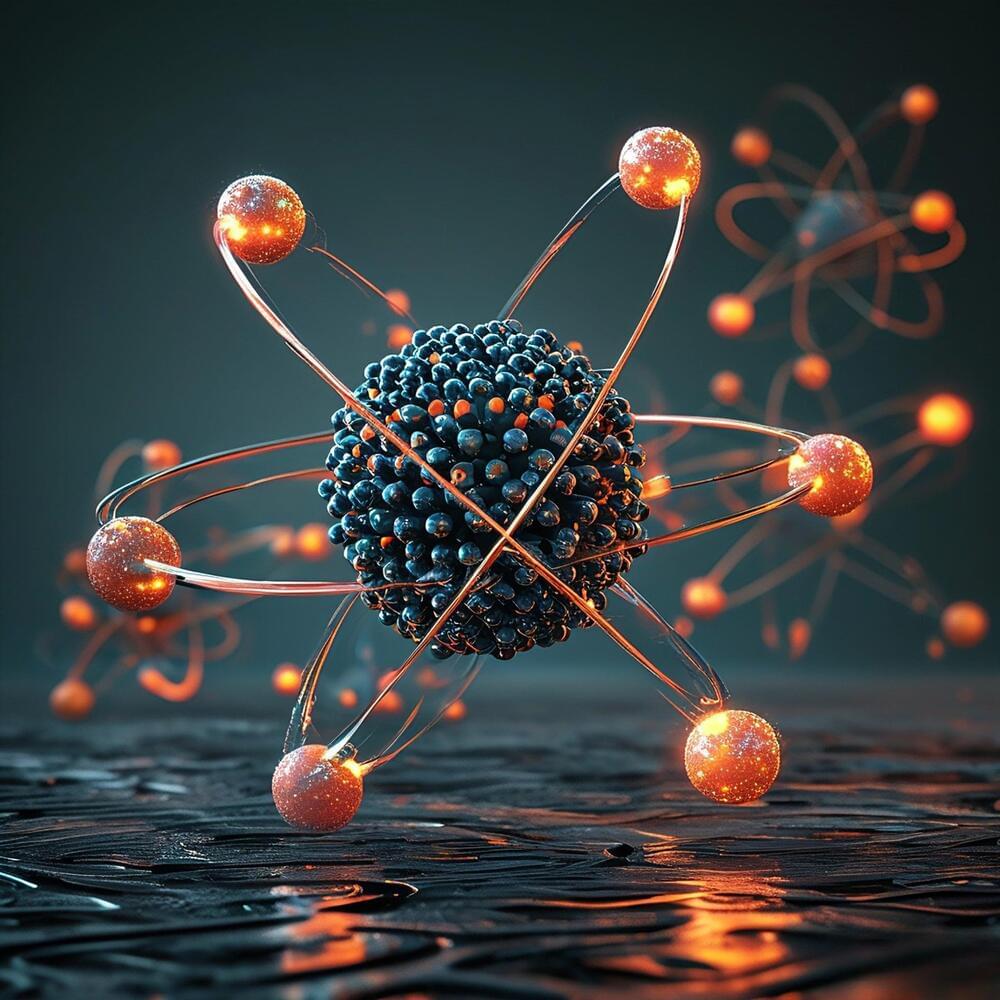Could better teaching practices make paying attention easier for everyone?
We’re joined by Dr. Denis Noble, Professor Emeritus of Cardiovascular Physiology at the University of Oxford, and the father of ‘systems biology’. He is known for his groundbreaking creation of the first mathematical model of the heart’s electrical activity in the 1960s which radically transformed our understanding of the heart.
Dr. Noble’s contributions have revolutionized our understanding of cardiac function and the broader field of biology. His work continues to challenge long-standing biological concepts, including gene-centric views like Neo-Darwinism.
In this episode, Dr. Noble discusses his critiques of fundamental biological theories that have shaped science for over 80 years, such as the gene self-replication model and the Weissmann barrier. He advocates for a more holistic, systems-based approach to biology, where genes, cells, and their environments interact in complex networks rather than a one-way deterministic process.
We dive deep into Dr. Noble’s argument that biology needs to move beyond reductionist views, emphasizing that life is more than just the sum of its genetic code. He explains how AI struggles to replicate even simple biological systems, and how biology’s complexity suggests that life’s logic lies not in DNA alone but in the entire organism.
The conversation covers his thoughts on the flaws of Neo-Darwinism, the influence of environmental factors on evolution, and the future of biology as a field that recognizes the interaction between nature and nurture. We also explore the implications of his work for health and longevity, and how common perspectives on genetics might need rethinking.
All the topics we covered in the episode:
Following the accelerated expansion discovery of the Universe, scientists introduced dark energy concepts, which faced issues like the cosmological constant problem.
Researchers at IKBFU developed a holographic dark energy model based on quantum gravity, which views the Universe as a hologram. This model, initially unstable, was refined to treat dark energy as perturbations, stabilizing it. It is now being tested against observational data for accuracy.
Discovery of Accelerated Universe Expansion.
A team of US-based researchers has developed an inexpensive and ultrathin metasurface that, when paired with a neural network, enables a conventional camera to capture detailed hyperspectral and polarization data from a single snapshot.
Inexpensive metasurface could revolutionize the capabilities of conventional imaging systems.
For the last three years,…
A UWE Bristol researcher hopes to revolutionise the jewellery industry and its supply chains with the creation of unique gemstone and jewellery designs with ground-breaking properties — including the world’s first single stone glow-in-the-dark manmade crystal.
For the last three years, award-winning jewellery designer Sofie Boons, who’s a Crafts Council Research Fellow at the university’s Centre for Print Research (CFPR), has been undertaking tests on the viability, limitations and use of innovative and experimentally grown crystals in the production of contemporary jewellery.
Working in collaboration with Swiss company BREVALOR Sarl and using their new material ‘BRG’, Sofie has successfully facetted a single stone out of the material – offering jewellery designers a crystal which is not only brilliant when seen in daylight, but illuminates when seen in the dark.
Adrenergic receptors (ARs) are preferentially expressed by innate lymphocytes such as natural killer (NK) cells.
Here, we study the effect of epinephrine-mediated stimulation of the β2-adrenergic receptor (β2AR) on the function of human NK cells.
β2-Adrenergic receptor stimulation inhibits NK cell activation. (A) β2-Adrenergic receptor expression analysis of PBMCs by flow cytometry (n = 8). Subsets were assigned according to the following markers: B cells (CD19+), NK cells (CD56+, CD3−), CD56 dim (CD56dim, CD3−), CD56 bright (CD56bright, CD3−), NK-T cells (CD56+, CD3+), T cells (CD3+), and monocytes (FSC/SSC). (B) Representative β2-adrenergic receptor (β2AR) expression histograms of freshly isolated or cultured NK cells. © IFNγ secretion of fresh NK cells (top) or cultured NK cells (bottom). NK cells were pretreated with epinephrine ± propranolol (each 1 µM) and stimulated for 5 h by plate-bound antibodies as indicated. Supernatant was analyzed by IFNγ ELISA (mean, n = 3). (D) Degranulation of fresh NK cells (top) or cultured NK cells (bottom) was analyzed by CD107a expression. NK cells were pretreated and stimulated (3 h) like in ©, (mean, n = 3). Statistical analysis in © and (D) was performed using two-way ANOVA test, **** p < 0.0001; *** p < 0.001; ** p < 0.01; control set to 100%).
A new study led by Stanford Medicine scientists found that certain changes in neural activity predicted which patients would benefit from a type of cognitive behavioral therapy.
Fourier Intelligence launches GR-2, enhancing humanoid robotics with customer-driven upgrades for intuitive AI interactions.
Three new papers refute claims for the assembly theory of molecular complexity being claimed as a new “theory of everything.”


